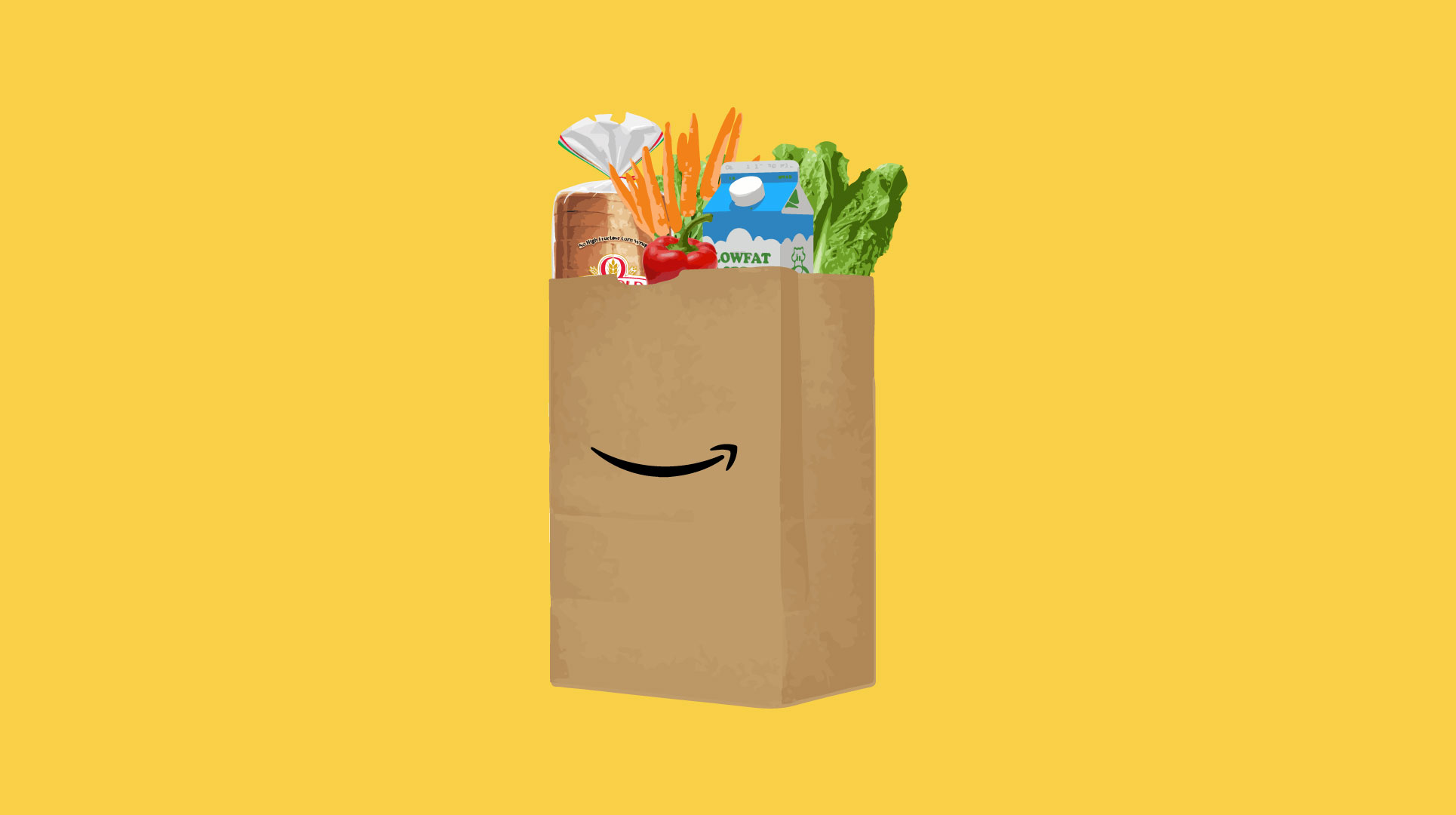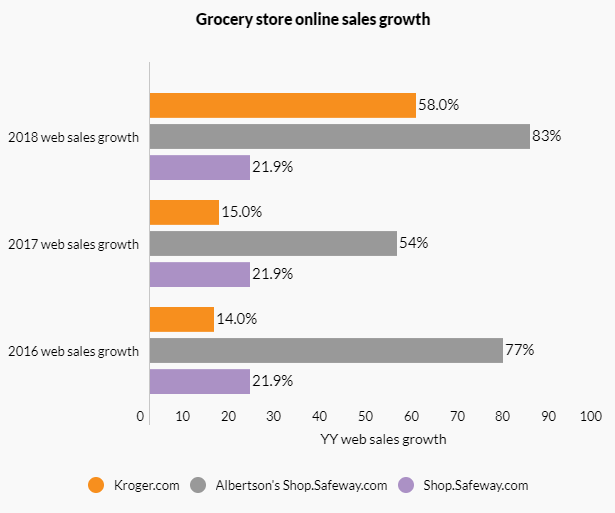The Age of Digital Grocery Shopping

Amazon Goes Grocery
It’s been just over two years since Amazon acquired Whole Foods for $13.7 billion. The acquisition seemed surprising to some at the time but now, the merger seems like a perfect match. Amazon was able to slash prices at the health-focused grocer twice and has integrated Whole Foods into their Prime Day sale. Prime members benefit from sales and have access to exclusive discounts, another added perk of the yearly membership.
The e-commerce giant has not only changed the way we shop online, but now they have also helped revolutionize the way we buy our milk.
Evolving Eating Habits
John Makey opened the first iteration of Whole Foods in Austin, Texas in 1978. Two years later, the first Whole Foods opened with the iconic name and logo you know today. Whole Foods has become a cornerstone in consumers’ healthy-eating habits. Similarly to Amazon, both started off with a man on a mission, going after an unclaimed market.
Makey saw the need for a health-conscious grocery shopping experience and now, personalization when shopping is more important than ever. According to Food Marketing Institute CEO Leslie G. Sarasin, “One third of households have at least one family member following a non-medically prescribed diet, and this rate is higher for younger generations.”
It is this very level of personalization that makes shopping online so convenient. Search filters allow shoppers to quickly find gluten-free, dairy-free or plant-based options without having to search the aisles and read nutrition labels. “Shoppers rank their online experience slightly better than those in physical stores when it comes to transparency, convenience and personalization,” the Food Marketing Institute explains.
Raising the Bar
As is the case with Prime Day, Amazon’s leap into groceries has forced legacy grocers to modernize, and do it quickly. Whole Foods groceries can be delivered through Prime Now, an app that delivers groceries and other eligible items as little as two hours to some markets.
When Amazon announced the Whole Foods acquisition, major grocers launched their own delivery and convenience services for shoppers. In 2017, JewelOsco.com and Safeway started delivery services, Target acquired same-day shipping company Shipt and Walmart launched curbside pick up.

Source: Internet Retailer, 2019
In the grand scheme of groceries, Amazon/Whole Foods is a dominant, and growing force. Amazon/Whole Foods accounted for 3.7% of overall grocery sales in 2018. In terms of online grocery sales, only 5.5% of groceries were purchased online in 2018 but of that percent, Amazon dominated with 30% of online sales.
Final Thoughts
Whole Foods has a unique product offering that meets a growing consumer market of young health and eco-conscious shoppers. As Gen Z continues to mature, reaching an age where they’ll increasingly be in charge of their purchasing decisions, Whole Foods will thrive, and Amazon has the infrastructure to help back the demand.


